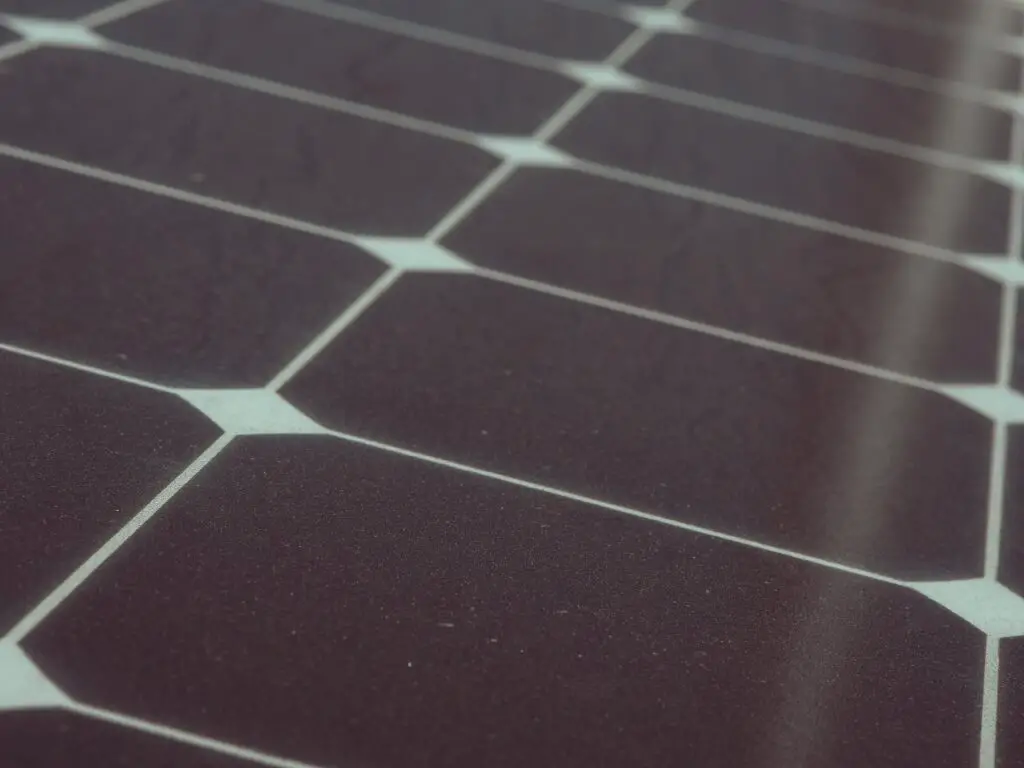Solar energy has come a long way since its humble beginnings, evolving into a leading source of renewable power as our world strives for a more sustainable future. From its first discoveries in the early 19th century to the ever-advancing technologies of the modern era, solar energy’s development has been marked by numerous breakthroughs and innovations. Understanding the history and evolution of solar panels is not only fascinating but also serves as a reminder of the incredible progress made in harnessing the sun’s incredible power. In this informative and engaging article, we will journey through the captivating timeline of solar panels, shining a light on their breakthroughs and advancements that have contributed to solar power’s remarkable position in today’s renewable energy landscape.
The Early Pioneers: Origins of Solar Energy
The seeds of solar energy were first planted in the 19th century, when scientists began to explore the principles of photovoltaics and the potential of the sun’s energy.
1839 – Becquerel’s Discovery: In 1839, French physicist Edmond Becquerel discovered the photovoltaic effect, a phenomenon in which an electrical current is generated when light or radiation is absorbed by certain materials.
1876 – First Photovoltaic Cell: The first photovoltaic (PV) cell was created in 1876 by British scientists William Grylls Adams and Richard Evans Day. Their discovery laid the foundation for future advancements in solar cell technology.
1954 – Silicon Solar Cell’s Birth: The first practical silicon solar cell was invented at Bell Labs in 1954 by Daryl Chapin, Calvin Fuller, and Gerald Pearson. Their groundbreaking invention marked the beginning of modern solar panel technology.
Solar Panel Advancements: Boosting Efficiency and Affordability
Throughout their history, solar panels have experienced advancements in design, efficiency, and affordability, making them an increasingly attractive option for renewable energy generation.
1970s – Development of Thin-Film Solar Cells: In the 1970s, researchers began to experiment with thin-film solar cells, which utilize thin layers of semiconductor materials to generate electricity. These lightweight, flexible cells offered potential cost savings over traditional silicon-based solar cells.
1980s – Polycrystalline Solar Cells Introduced: The introduction of polycrystalline solar cells in the 1980s brought about a reduction in manufacturing costs and improved efficiencies, further enhancing solar power prospects.
2000s – Solar Panel Efficiencies Continue to Improve: The early 2000s saw solar panel efficiencies surpass 40% in laboratory settings, thanks to advancements in cell materials and manufacturing processes. In recent years, ongoing research has pushed solar panel efficiencies even higher.
2010s – Falling Solar Panel Prices: The 2010s witnessed a dramatic decrease in solar panel prices, resulting from increased competition, improvements in production processes, and technological advancements. The falling cost of solar panels has made solar power an increasingly accessible and affordable choice for home and business owners alike.
Key Figures and Milestones in Solar Panel History
The evolution of solar panels is marked by the achievements of several pioneering individuals and key milestones that propelled solar energy into the mainstream.
1958 – Vanguard I Satellite: The first solar-powered satellite, Vanguard I, launched in 1958. This milestone demonstrated the practical applications of solar power for remote or off-grid energy generation.
1960s and 1970s – Space Industry Adoption: Throughout the 1960s and 1970s, the space industry rapidly adopted solar technology for powering satellites and spacecraft, further validating solar power’s potential for various applications.
1973 – First Solar-Powered Home: The first fully solar-powered home was built in the University of Delaware in 1973, marking a significant step in the journey toward residential solar adoption.
The Present and Future of Solar Energy
Today, solar panels have evolved far beyond their early beginnings, with residential and commercial solar installations becoming increasingly popular and accessible.
Modern-Day Solar Technology: Solar panels have become drastically more efficient, affordable, and user-friendly, with options available to suit a variety of applications and needs.
Future Innovations: The future of solar energy will likely bring even more advancements, such as the development of highly efficient tandem solar cells, the incorporation of solar technology into everyday objects, and continued improvements in energy storage solutions.
Conclusion
The history of solar panels is remarkable, illustrating the tireless pursuit of innovation, efficiency, and affordability that has driven their progress over the decades. From the pioneering discoveries of the 19th century to the revolutionary advancements of modern solar technology, the journey of solar panels reflects our tenacity and ingenuity in harnessing the sun’s power for a sustainable future. As we look toward promising innovations on the horizon, there is no doubt that solar energy will continue to play a crucial role in shaping our world’s energy landscape and combating climate change. Contact Sunvival Guide now for the best solar products.

